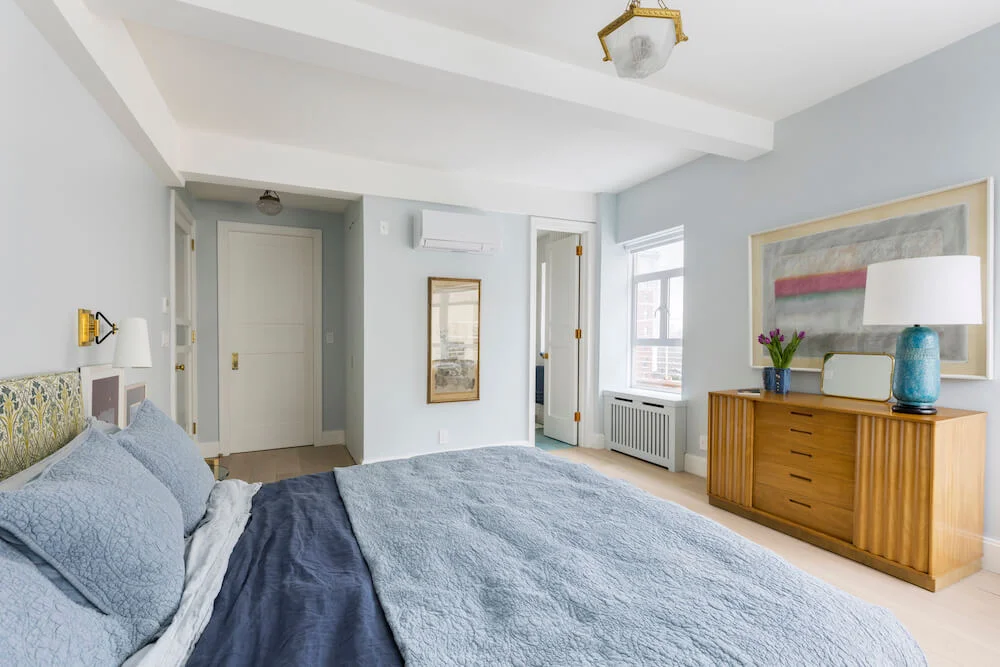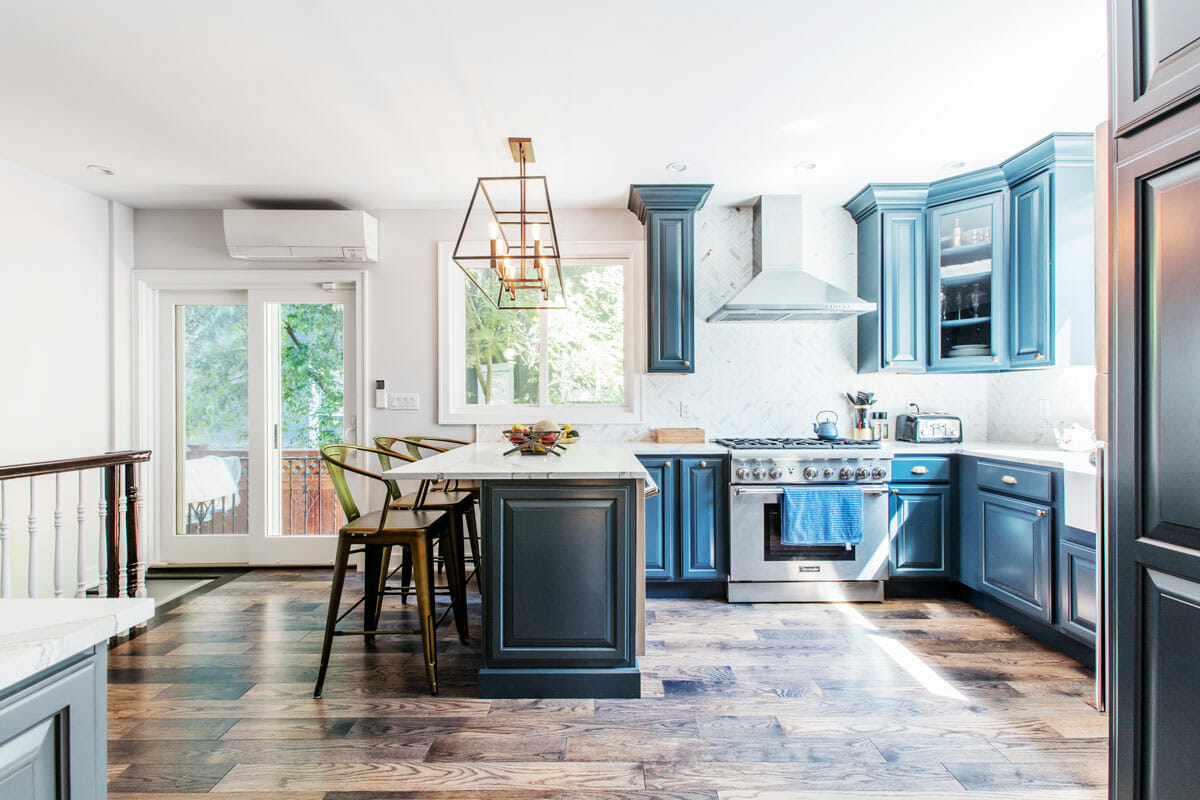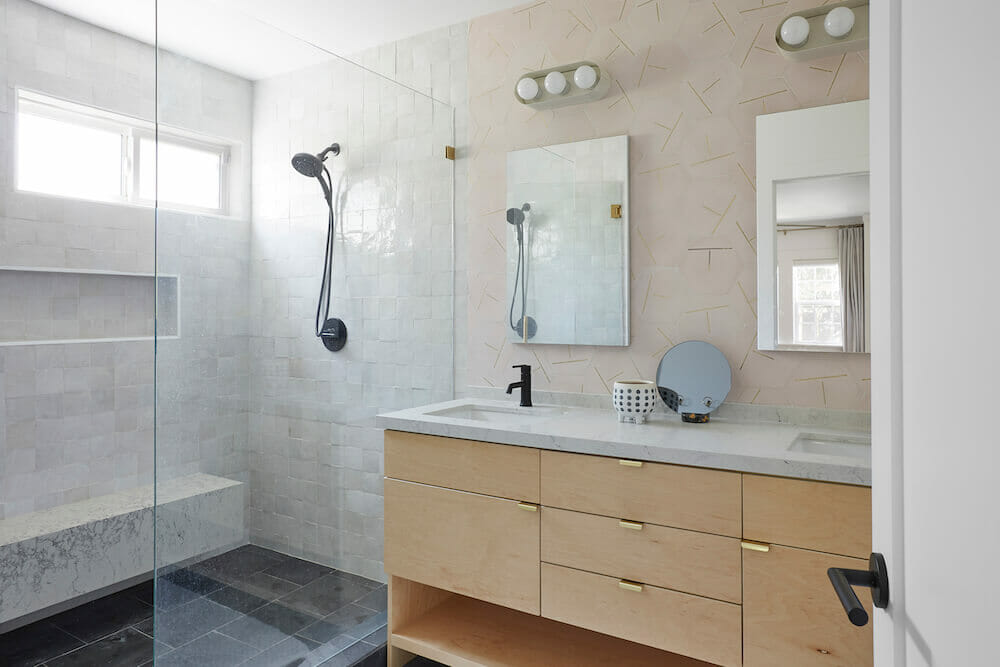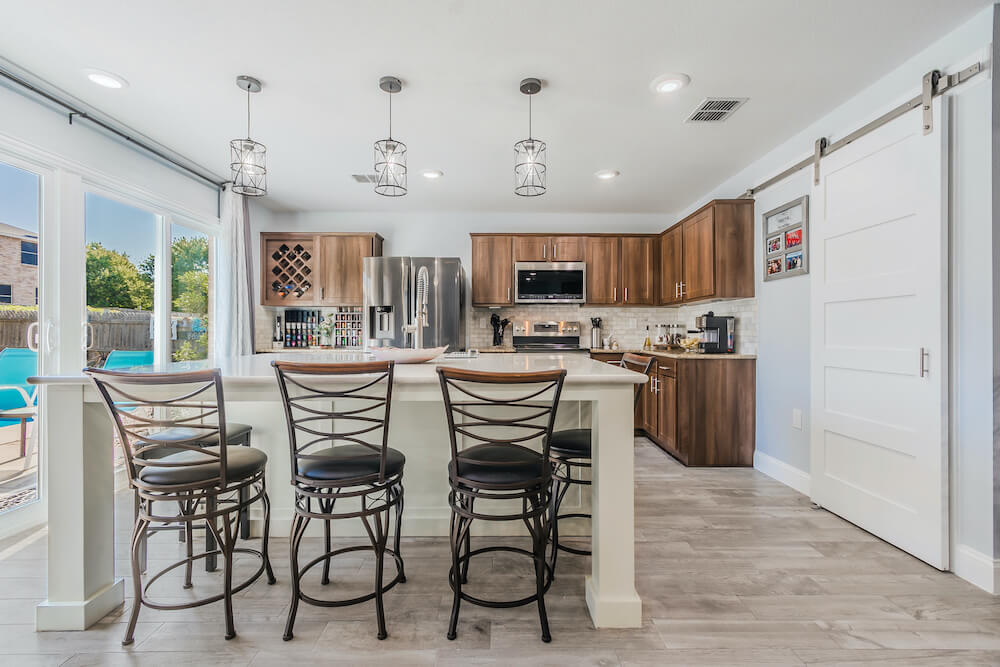Financing Home Renovations 101
How can you finance your dream home renovation? It’s a question we hear often at Sweeten. Over the years, we’ve gathered insights from homeowners, contractors, and financing experts to provide practical guidance. In this post, we’ll share tips to help you plan your renovation budget and explore financing options.
Unsure how to fund your home renovation? Explore a variety of financing options tailored to your specific needs and budget
At Sweeten, we’re experts at all things general contractors. Here’s how Sweeten works: We pre-screen them for our network, carefully select the best ones for your remodeling project, and work closely with hundreds of general contractors every day.
Five financing options
1. Paying in cash
While paying in cash might seem like the most straightforward option, it’s important to establish a clear payment plan with your contractor to avoid any misunderstandings.
Common payment structures:
- Smaller projects: A 50/50 split is common, with half paid upfront and the remaining half due upon completion.
- Mid-sized projects (e.g., kitchen renovations): A typical breakdown is 15-30% upfront, 40-50% at the halfway point, and the final 15-30% upon project completion.
- Large projects: Larger projects tend to require a smaller deposit upfront but more payments along the way. You can expect payments attached to milestones like demolition, midpoint, and punch-list completion. Negotiate with your general contractor to establish these terms and get them all in writing!
Remember, these are general guidelines, and the specific payment terms can vary based on the project’s complexity, the contractor’s preferences, and local industry standards. Always discuss payment terms with your contractor upfront to ensure a smooth and transparent process.
If you renovate with Sweeten, you’ll be able to pay electronically through Sweeten Payments—a simple way to automate the payment process without the hassle paper checks.
2. Take out a personal or unsecured loan
If your renovation budget is under $50,000, a personal (or unsecured) loan from a bank, credit union, or online lender might be a viable option. These loans don’t require collateral, making them easier to obtain compared to secured loans.
Key features of personal loans:
- Higher funding: Personal loans typically offer higher funding limits than credit cards.
- Fixed terms and interest rates: You’ll know exactly how much you’ll pay each month and for how long.
- Quick approval and disbursement: Personal loans can often be approved and funded quickly.
Drawbacks: Sweeten brings homeowners an exceptional renovation experience by personally matching trusted general contractors to your project, while offering expert guidance and support—at no cost to you. Renovate expertly with Sweeten
- Higher interest rates: Personal loans generally have higher interest rates compared to secured loans like home equity loans or HELOCs.
Expected costs:
For a $50,000 personal loan over 24 months, you might expect to pay an interest rate of around 5-6%. However, interest rates can vary significantly based on your credit score, income, and the lender.
Tip: Shop around and compare offers from multiple lenders to find the best interest rate and terms for your specific needs.

3. Build financing into your mortgage
If you are currently in the process of purchasing a home, this may be the best option. Alternately, if you already own but are considering refinancing, this option can help you adjust your mortgage rate while rolling new financing into it. (This process is known as “cash-out refinancing”). Either way, you go through both the mortgage and renovation financing application process just once and you’ll end up with one monthly payment for both.
Home’s future value
Your lender will likely calculate the amount of the loan based on the future value of the renovated property. This lets you borrow more, because you may qualify for a larger loan than you would if the calculation were based on the home’s pre-renovation value. This also tends to mean that you don’t have to worry as much about the current condition of the home; with some other types of financing, the lender may balk if the property is in bad shape.
Types of mortgages
As with regular mortgages, you can choose between a conventional loan and one backed by the Federal Housing Administration (FHA), known as an FHA 203(k) loan. 203(k) loans have more lenient guidelines and allow the homeowner to borrow a higher percentage of the home’s current value. With either a conventional or FHA mortgage, your monthly payments may be lower than they would be with a home equity loan or line of credit (both detailed below), but slightly higher than with a regular mortgage. These loans are also attractive because they lock in your interest rate.
Mortgages with built-in renovation loans may have requirements regarding the timing of your renovation. You may have to begin and complete your renovation within a set window after closing. The rules may also stipulate that renovation work cannot stop for more than a set time. These loans may not work if you need an open timeline or if you want to carry out your renovation in stages.
Lastly, note that these loans can take 60-90 days from application to completion—because your construction plans need to be in place, and the appraiser needs to review them to assess the post-renovation value of your home.
4. Take out a home equity loan (HEL)
A home equity loan, often referred to as a “second mortgage,” is an option if your home is worth more than what you now owe on your mortgage. This type of loan is similar to a conventional mortgage in two ways. It offers tax deductions on interest payments. And you make payments over a similarly long timeframe. Take note: there may be closing costs. And some lenders charge a penalty for paying off the loan early.
Interest rates are usually fixed on home equity loans, but the rate is somewhat higher than with conventional mortgages. Still, thanks to the current low prime rate, you’ll get a better rate than you would have in years past.
5. Establish a home equity line of credit (HELOC)
A home equity line of credit is similar to a credit card. The lender gives you a credit limit and charges you interest on the amount you use. Instead of receiving a lump sum upfront, you borrow what you want, when you want. This makes it a good option for a series of projects, or if you anticipate having a long renovation. You can obtain these types of loans from all the usual sources—banks, finance companies, brokerages, and credit unions.
Interest rates are adjustable, so beware of loans with low initial rates. Some may also have a minimum withdraw, and many offer 5-10 year limits on access to the credit line. While the credit line is open, you pay interest on what you owe, and then you typically have 10-15 years after it closes to pay it back in full. Compared with home equity loans, a home equity line of credit offers more flexibility. However, since the rate fluctuates, it is also riskier. Terms and conditions vary widely on credit lines, interest rates, and fees, so it’s important to read the fine print.
How did you finance your home renovations?
Now that you know how to finance home renovations, we want to hear from you! Have you paid for a renovation project with one of these options (or in an unconventional or particularly resourceful fashion?) Let us know in the comments!
If you’re deciding on your scope, here’s where you might splurge and save from kitchens and bathrooms to basements.
We can help plan your renovation
Find endless home renovation inspiration, detailed guides, and practical cost breakdowns from our blogs. You can also post your project on Sweeten today and get matched with our vetted general contractors and get estimates for free!










